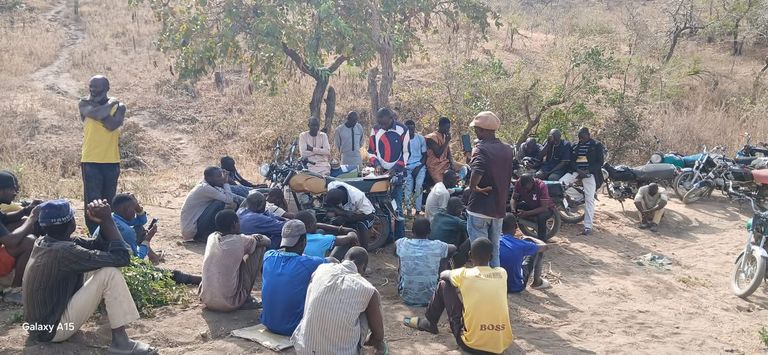
Group farming refers to the practice where multiple individuals, families, or small-scale farmers come together to pool their resources, labor, and skills in order to increase efficiency, reduce costs, and improve the overall productivity of their agricultural activities. It can involve a variety of cooperative approaches, such as shared land, equipment, or farming techniques.
Here are some key aspects of group farming:
Pooling Resources: Farmers may share land, tools, or machinery to reduce individual costs. This makes it easier to afford expensive equipment or machinery that would be out of reach for a single farmer.
Labor Sharing: Group farming allows for labor to be distributed among participants, which helps ease the workload. During peak seasons (e.g., planting or harvest time), this can be especially valuable.
Shared Knowledge and Expertise: Farmers working together can share best practices, learn new techniques, and adapt to changing agricultural conditions more easily.
Collective Marketing: By working together, farmers can access larger markets, negotiate better prices, and have more bargaining power when selling their produce.
Cooperatives and Farmer Organizations: Many group farming efforts are organized into cooperatives or formalized farmer organizations. These provide an official structure for decision-making and help with organizing shared resources.
Risk Mitigation: Pooling resources and labor can help spread financial and production risks across the group. For example, if one farmer has a bad season, the others might be able to offset the loss.
Sustainability: Working in groups can help farmers implement more sustainable agricultural practices, as they can share knowledge on topics like organic farming or water conservation.
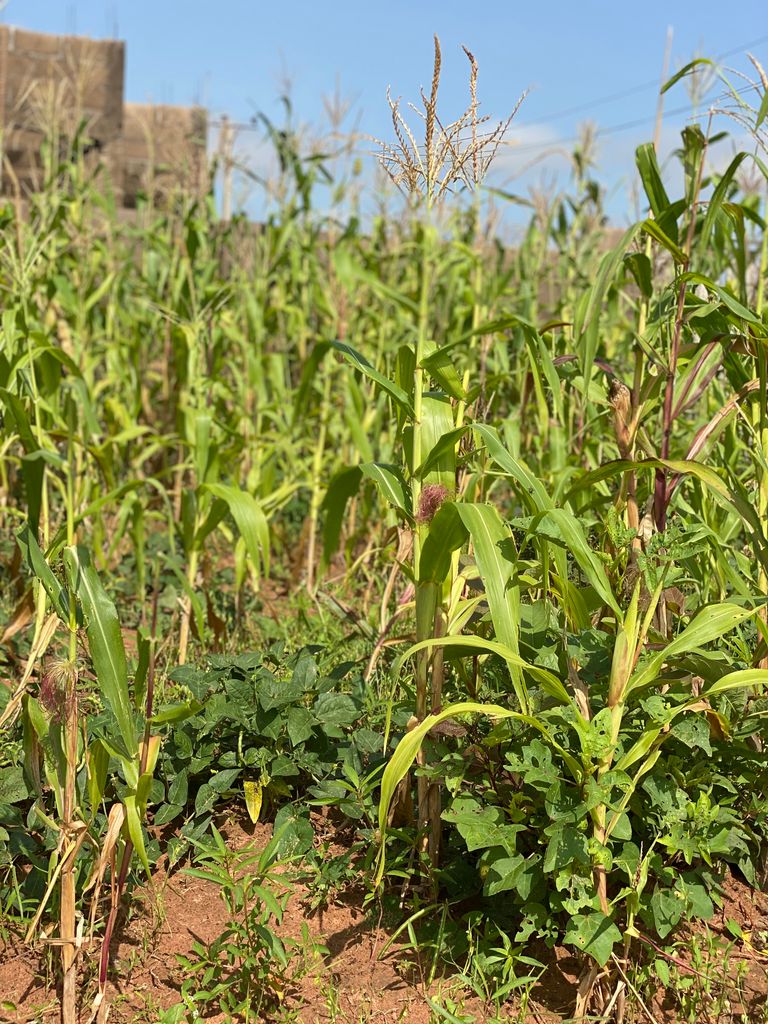
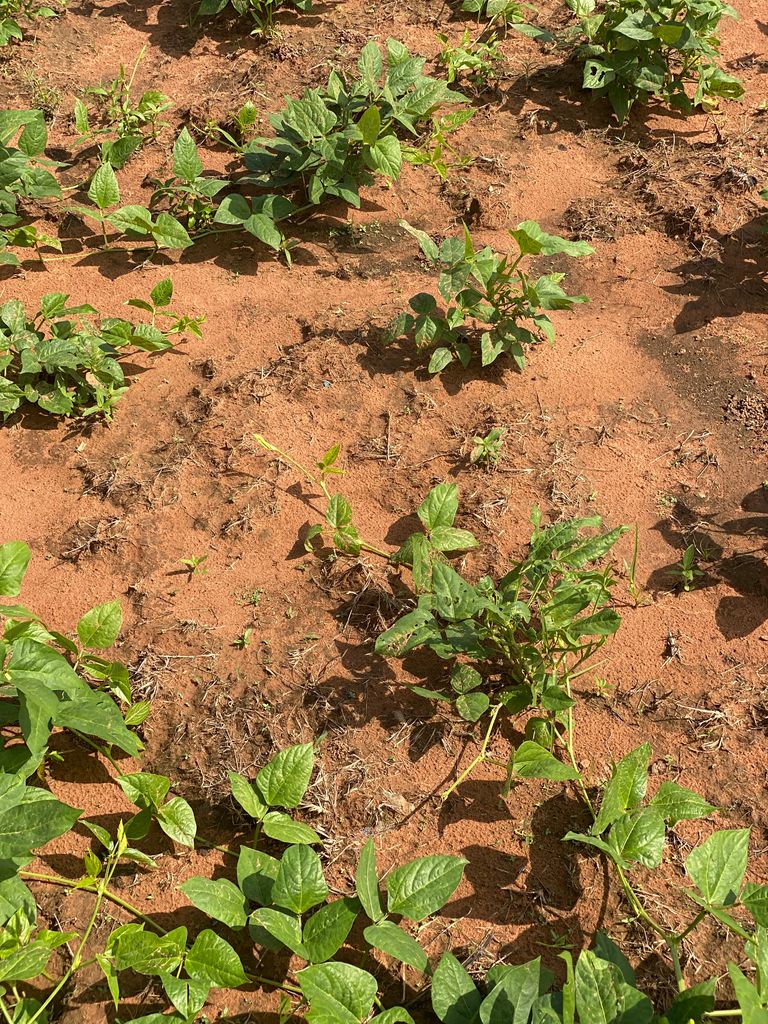
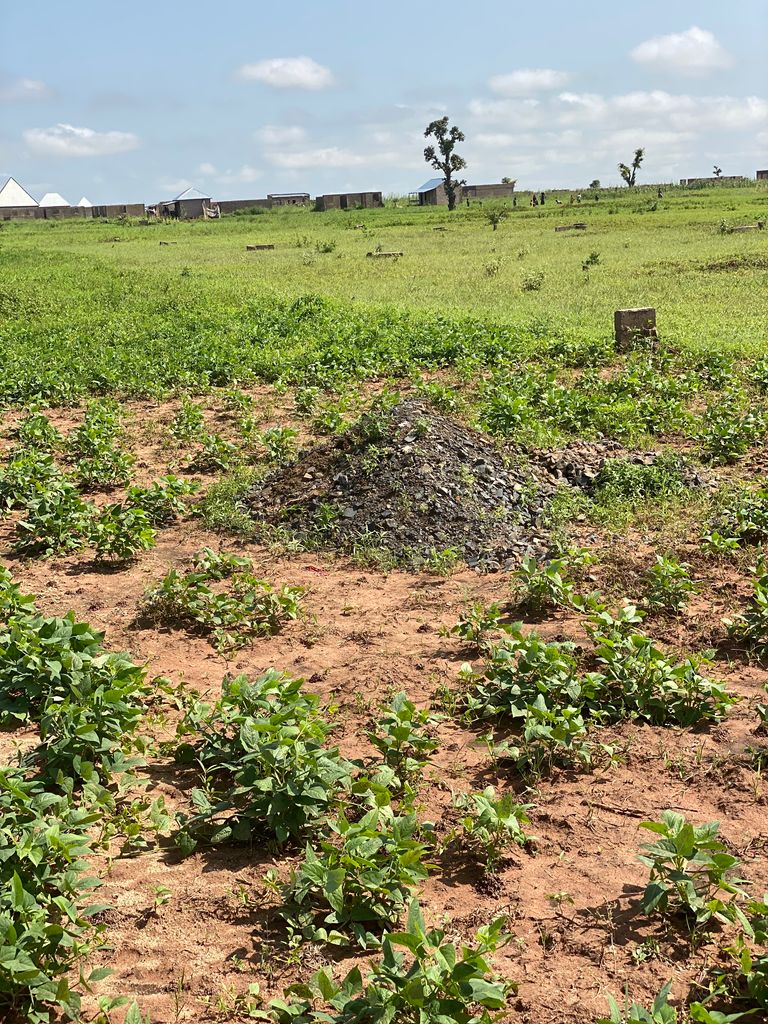
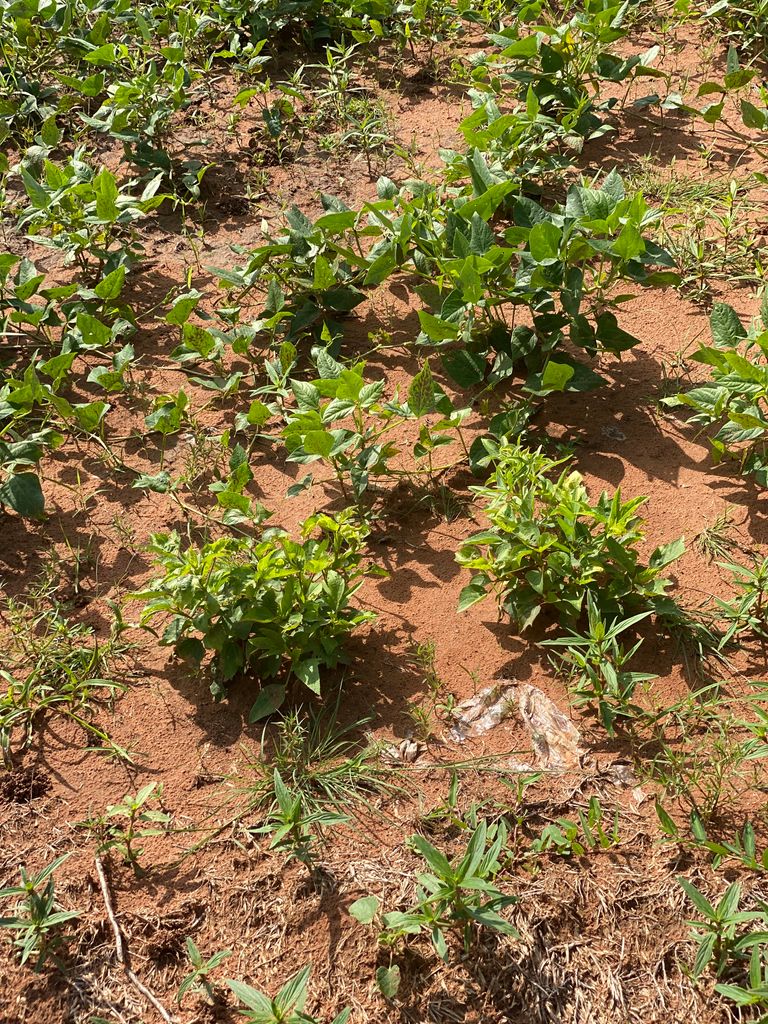

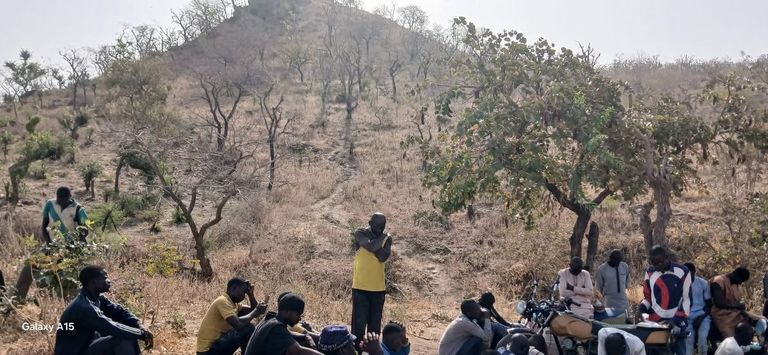

Thank you for stopping by my post today, I hope you enjoy my content please drop a comment below and state how useful this content was to you. Thank you for support
